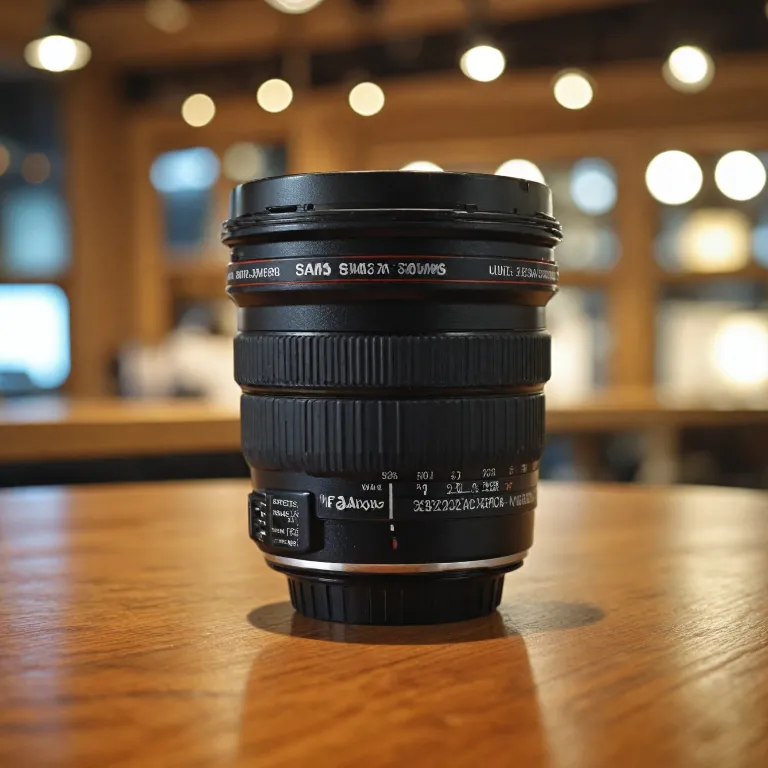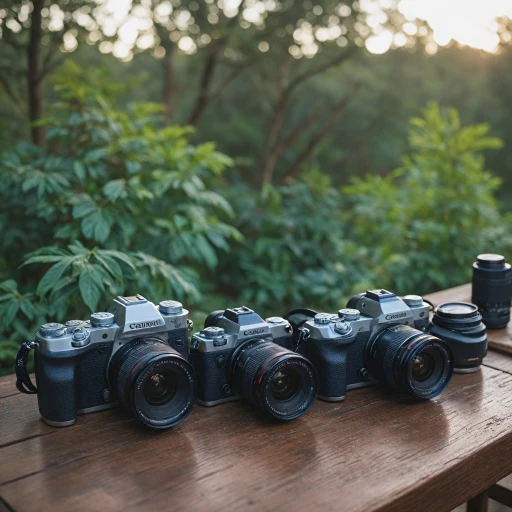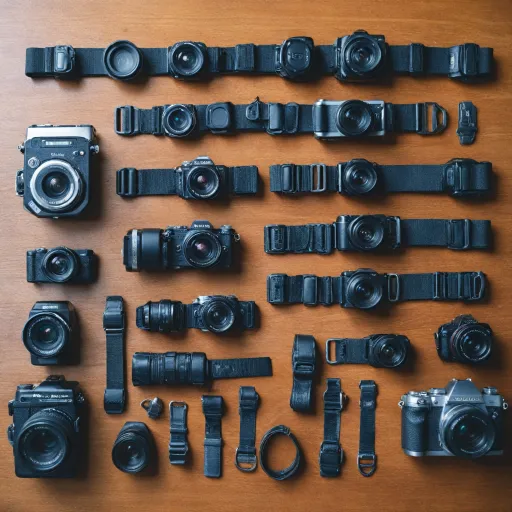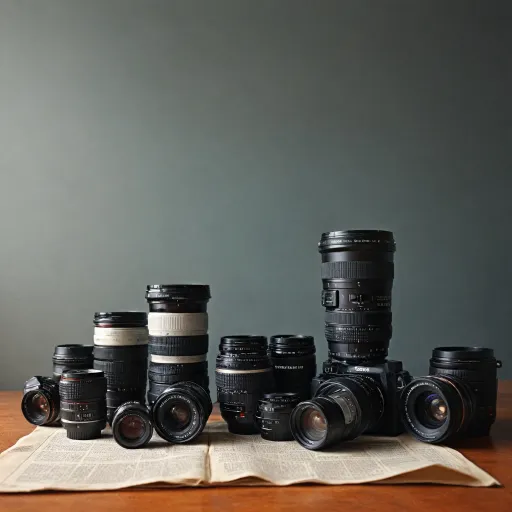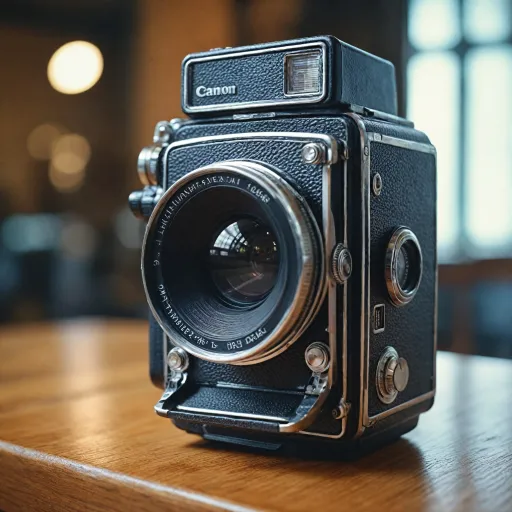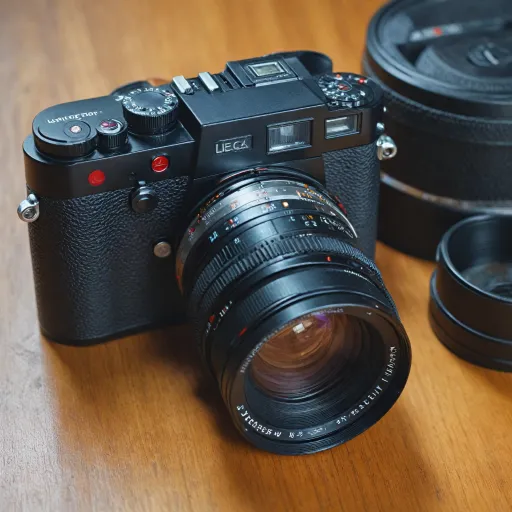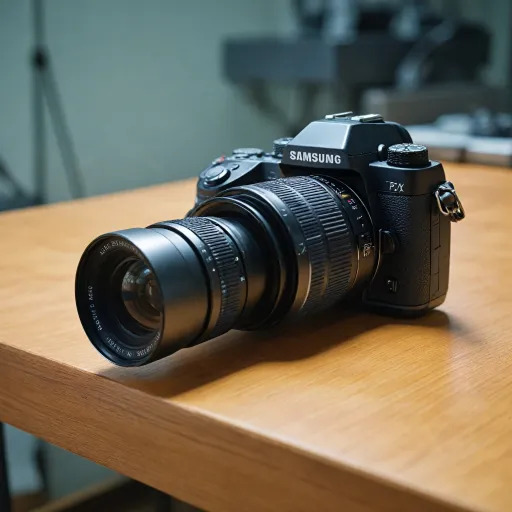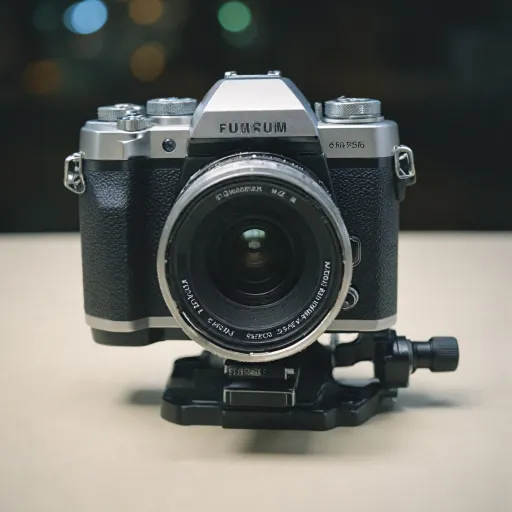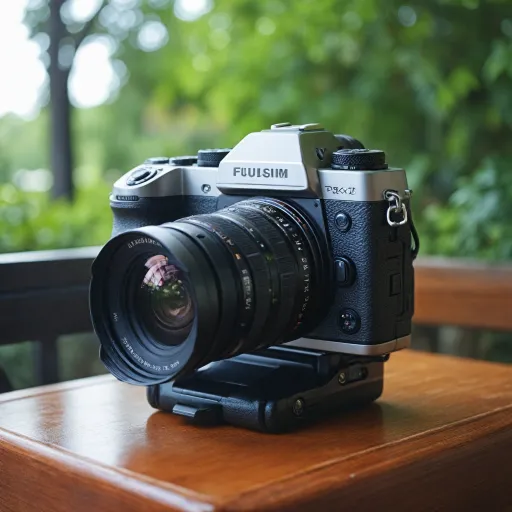
Understanding Fisheye Lenses
The Unique Perspective of Fisheye Lenses
When it comes to expanding your photographic horizons, fisheye lenses offer a unique and unparalleled perspective. They provide an exceptionally wide angle view, capturing a full frame of vision that traditional lenses might miss. These lenses, known for their ultra wide angle, produce a distinctive image with a characteristic distortion that can give your work an artistic edge. Fisheye lenses are designed differently from other wide angle lenses, making them highly effective for capturing expansive and dynamic scenes. With a lens like the Canon EF, you’re able to utilize the entire frame, offering a complete and immersive image experience. This is particularly advantageous in situations where a wide angle of view is beneficial, whether it’s in landscape photography or indoor settings where space is at a premium. Moreover, fisheye lenses are not just for enthusiasts looking to showcase their creativity. They have practical applications in certain fields, such as underwater photography, where their ability to capture a wide angle view with great detail can be invaluable. The Canon fisheye lens, well built and designed with a Canon mount, ensures compatibility with a range of cameras, providing flexibility for photographers. Whether choosing to manual focus or relying on the lens's auto focus capabilities, photographers can achieve a crisp and well-defined image. Coupled with the right ISO settings, the image quality captured with fisheye lenses can be fascinatingly clear. Exploring options like the Fujifilm XF 27mm F2.8 R WR can expand your understanding of lens functionality further, but the fisheye lens remains a fantastic choice for those willing to see the world from a different angle. The distinctiveness of the Canon fisheye USM makes it a great lens for those who are inspired to explore new creative dimensions in their photography.Features of the Canon EF Fisheye Lens
Key Features of the Canon EF Fisheye Lens
The Canon EF Fisheye Lens is a remarkable piece of equipment, known for its unique ability to capture ultra-wide perspectives. This lens is designed to fit a full frame camera, offering a 180-degree angle view that is perfect for creative photography. Let's delve into some of its standout features:
- Ultra-Wide Angle: The lens provides a full 180-degree angle of view, making it ideal for capturing expansive scenes and creating dramatic effects.
- Canon Mount Compatibility: Specifically designed for Canon cameras, this lens ensures seamless integration and optimal performance.
- High-Quality Optics: The lens is well built with superior optics that deliver excellent image quality, minimizing distortion and maximizing clarity.
- Auto and Manual Focus: Equipped with both auto focus and manual focus options, it offers flexibility depending on the shooting conditions and photographer's preference.
- Rear Gel Holder: A rear gel holder allows for easy use of gel filters, enhancing creative possibilities.
- Durability: Known as a great lens for its robust construction, it is built to withstand various shooting environments, including underwater photography.
For those interested in exploring how this lens compares with other brands, this comparison guide offers valuable insights.
Creative Uses for Fisheye Lenses
Unleashing Creative Potential with a Unique Perspective
Fisheye lenses, including the Canon EF Fisheye, open a realm of creative possibilities, serving photographers with an ultra-wide perspective that no other lenses can offer. The lens provides a distorted, wide angle capture that is especially invaluable for niche photography projects. By producing a 180-degree angle view, it allows for a more immersive image capturing experience.
Photography enthusiasts can leverage this perspective to capture expansive landscapes, architectural masterpieces, and even in underwater photography. These great lenses used in challenging environments can transform photographs into engaging visual stories. A fisheye lens can capture dynamic ranges that a traditional lens wouldn't be able to encompass due to its expansive zoom range.
- Artistic Effect: The pronounced curvature can turn mundane scenes into artistic compositions, highlighted by rounded distortions.
- Visibility in Small Spaces: When shooting in compact areas, such as interiors, the fisheye can provide a comprehensive angle view, showing details that standard wide-angle lenses would miss.
- Astrophotography: For stargazers and night-sky photographers, capturing the celestial expanse becomes effortless. The fisheye's large field of view offers a full frame of stunning night landscapes.
Employing these techniques with the Canon fisheye can empower photographers to push boundaries and redefine image quality. However, considering the specific demands of a fisheye lens and ensuring secure mounting, it's crucial to understand the intricacies of screw-in camera mounts. For more insights, explore this in-depth guide.
Comparing Canon EF Fisheye with Other Brands
Assessing the Canon EF Fisheye Against Competitors
When it comes to fisheye lenses, Canon has established itself as a reliable name in the photography world, especially with the Canon EF Fisheye lens known for its exceptional image quality. But how does it stack up against other brands? Let's dive into the details to help you make an informed decision. One of the standout features of the Canon fisheye is its robust construction and versatile performance, particularly in full-frame cameras. Its ability to capture ultra wide-angle views with well-built auto focus and manual focus options makes it a great lens for diverse shooting environments, including underwater photography.- Image Quality: Canon's fisheye lens delivers crisp images with minimal distortion, a feature that is not uniformly present in competing lenses. A wide angle view combined with Canon's technology ensures clarity even at the corners of the frame, where many other lenses might falter.
- Focusing Mechanism: The fisheye usm (ultrasonic motor) provides quick, silent auto focus, which is an advantage over other products that rely on noisier, slower systems. This classic Canon lens maintains optimal focusing distance performance, making it appealing for photographers who need prompt adjustment capabilities.
- Build and Compatibility: Canon's extensive experience in lens manufacturing results in a lens that is not only functional but also durable. The canon mount integrates seamlessly with their line of full frame cameras, while the option for rear gel filters adds a layer of creative control that is not widely available among competitor products.
Tips for Shooting with a Fisheye Lens
Maximizing the Creative Potential of Ultra-Wide Perspectives
When diving into the world of fisheye photography, there are a few tips that can make a significant difference in the quality and creativity of your images. Here are some practical suggestions to get the most out of your Canon EF fisheye lens.- Choose the Right Focal Point: Position the focal point carefully, keeping in mind the extreme angle view offered by these lenses. This consideration helps avoid unwanted distortions in the main subject of your image.
- Embrace Manual Focus: While the auto focus capabilities of the Canon fisheye or fisheye USM are efficient, experimenting with manual focus allows more control, particularly when capturing intricate details or shifting your focusing distance.
- Experiment Underwater: For photographers who enjoy underwater shoots, the fisheye lens retains its great lens characteristics, offering an ultra wide perspective that gives your photographs a unique flair.
- Consider Lighting and ISO Settings: Shooting with a fisheye lens often benefits from higher ISO settings, especially in low-light conditions. Balance with the wide aperture options of your lens to maintain high image quality.
- Utilize the Rear Gel Holder: This feature allows you to insert gelatin filters, which can be used to adjust the color balance or create special effects, enhancing the creative output of your camera work.
- Composition and Framing: Due to the unique nature of fisheye lenses, composition can sometimes involve creativity and practice. The wide angle and full frame coverage let you capture expansive scenes, experimenting with different framing styles for added impact.
- Wide Angle Exploration: With a well built zoom lens, take advantage of the zoom range to experiment with different focal lengths, allowing you to capture varied perspectives within a single shoot.
Post-Processing Fisheye Images
Enhancing Your Fisheye Captures
When it comes to post-processing fisheye images, harnessing the unique characteristics of the lens can result in truly captivating visuals. Let's explore some key points to elevate your fisheye photography to the next level.- Correcting Lens Distortion: While fisheye lenses are known for their ultra wide angle and barrel distortion, sometimes you'll want to straighten lines or reduce distortions. Software like Adobe Lightroom and Photoshop offer tools specifically for correcting fisheye lens distortion. Understand the amount of correction needed, as excessive adjustments can alter the natural aesthetic of your image.
- Utilizing Color and Contrast: Fisheye lenses provide a unique opportunity to capture rich colors and contrasts. Amplifying these elements during post-processing can significantly enhance your image quality. Whether it's adjusting the ISO for better light exposure or enhancing colors to make them pop, these small tweaks can make a big difference.
- Focus on Composition: With the Canon fisheye, it's important to remember the wide angle view it offers. Consider cropping or adjusting your frame to use the fisheye effect more strategically, drawing attention to the core subject of your photo.
- Make Use of Filters: Utilizing filters can change the mood of your photo, especially when shooting with a canon fisheye lens. Whether you prefer high-contrast black and whites or a cooler tone, filters can emphasize the full artistic potential of a fisheye image.
- Experiment with Multi-Exposure: By creatively combining multiple shots, you can create a stunning image that takes full advantage of the Canon EF fisheye lens. This technique is useful for underwater scenes or when playing with light angles to create surreal effects.
- Explore Manual Focus Edits: Sometimes after shooting, you may want to tweak the focus to perfect the sharpness of certain elements within your photo. Software can allow for finer adjustments to the auto focus or manual focus settings used during shooting.
